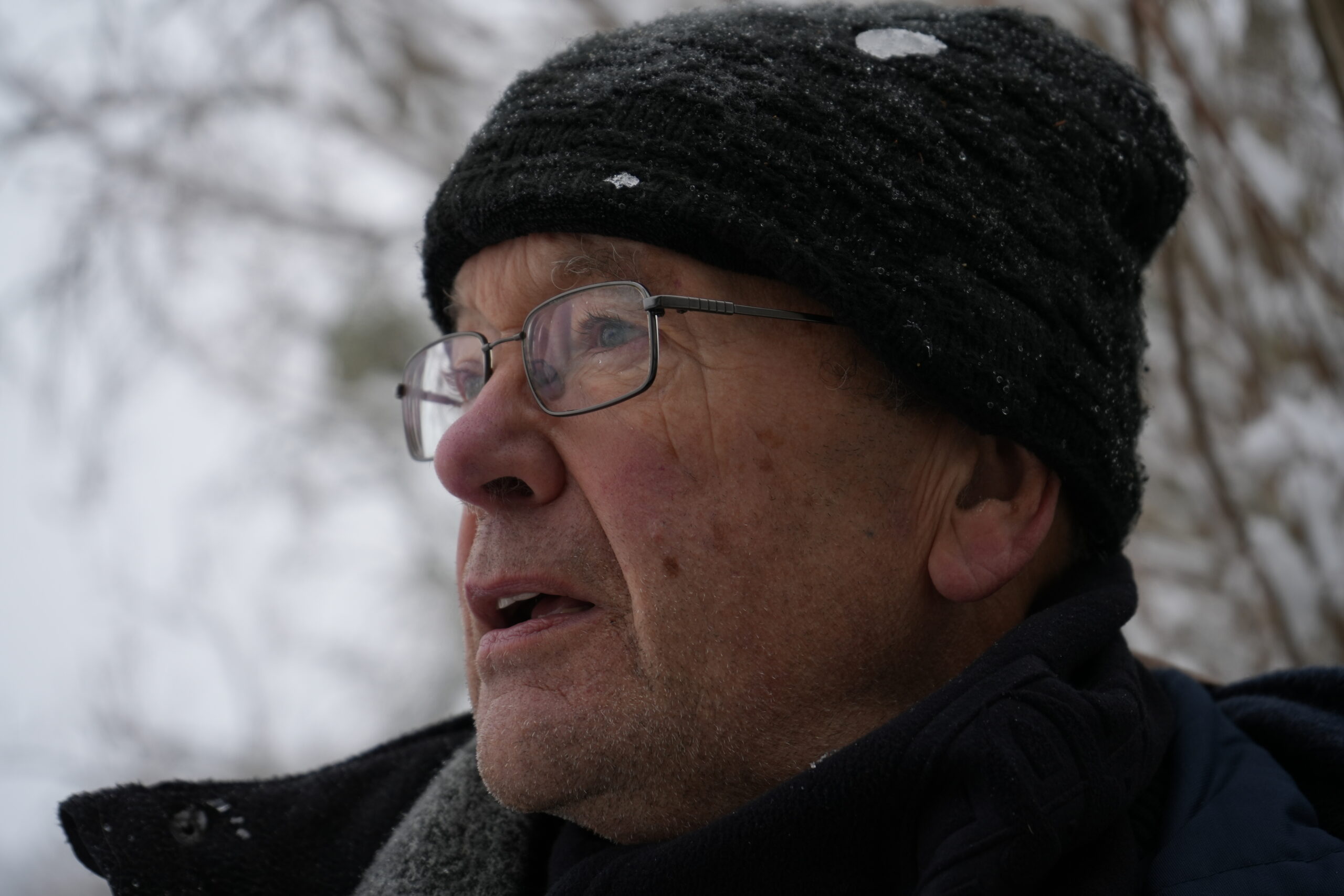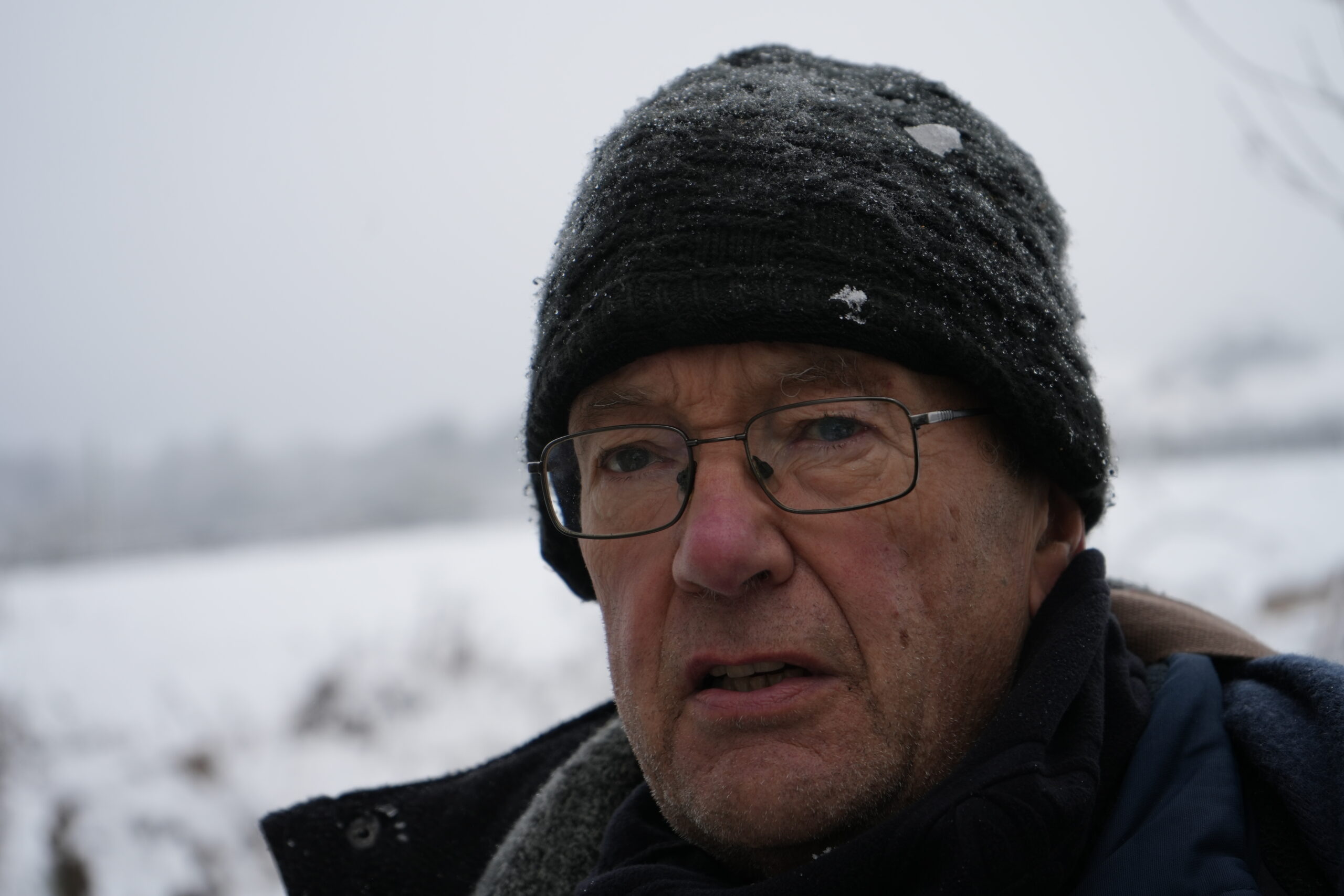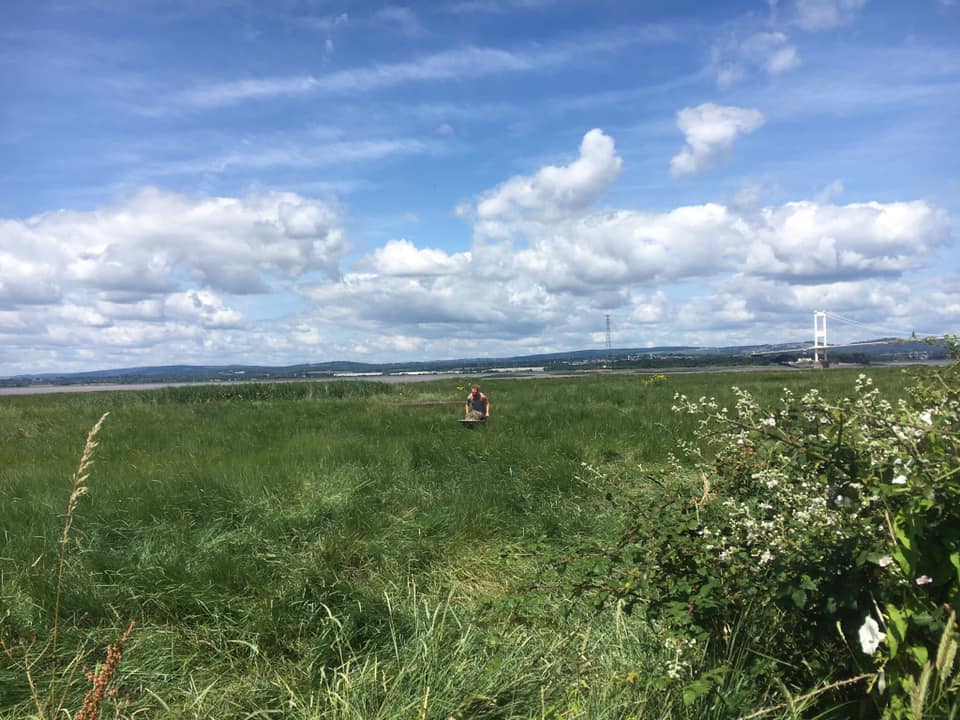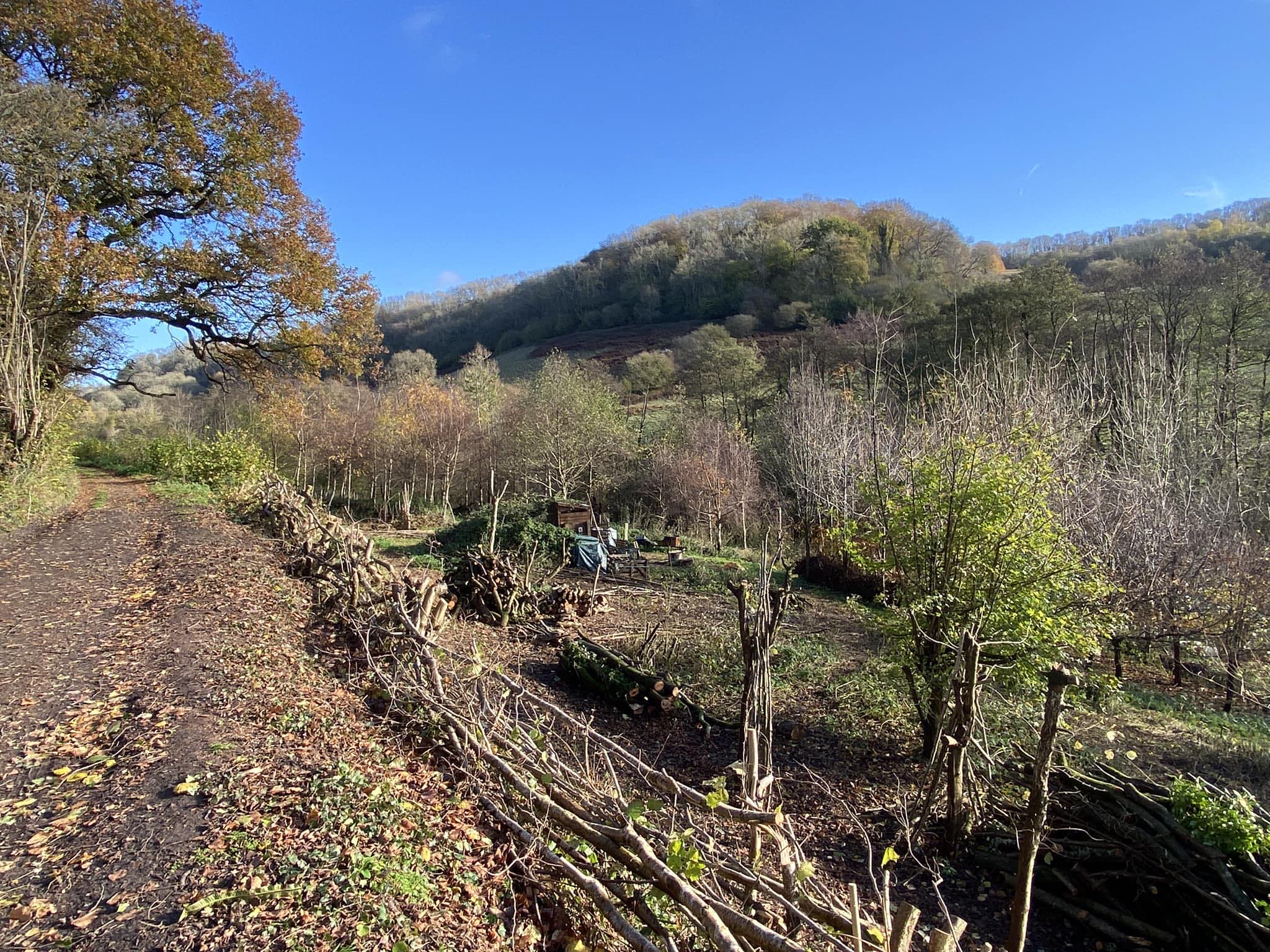A few years ago, the woman that owned the agricultural land in the lower half of the Coombe valley put it up a sale. A guy who was a cowman for a farm bought it as his own dream. A big piece of land. Ultimately, he decided to cash it in and started to break it into chunks. I didn't like the idea of it, but that's what he did. There were three chunks nearer to us. They we're all about the same size, each about two-and-a-half acres, put on the market for 15 grand each (£s). And a guy called Mark Chimley bought one, who lived nearby. He bought one. He developed a scheme called Woodland Friends, where anyone could go along and pledge to buy a tree for £40 dedicated to the memory of somebody. It wasn't a memorial in the sense that no bodies were there. But it was like a tribute. There was one very similar, by the Avon, at Damery. He planted up to 500 trees of which about 100 were paid for through this dedication scheme. He put the usual green plastic tube around them, but a lot of the trees died; a lot of them were attacked by squirrels and deer. And over the years, he moved to Derbyshire. And then obviously he wasn't on the spot to look after them. I saw that there was a piece of land that was slightly distressed, the hedges hadn't been laid properly. You need to lay hedges and keep them on top of them. You don't have to, but that's a countryside tradition. So to my surprise, this is about two years ago, I said to Mark, "Let’s talk about forming a trust, we'll look after your land. I'll pay you a pound a year. This will stop any ideas of making money out of it”. And he came back and said, "Yeah, okay". So we talked about it, in COVID times, we agreed to set up a trust, he agreed to be a trustee, even though he was the owner. And they've gathered together 28 volunteers to look after it. Many have got the skills that can be applied and knowledge. So ecologists and foresters, people who have moved over to country crafts. It's a place for, it's hard to get it over, it's a place of solitude where you can go and recharge batteries, or it's a place of companionship. In the hedge-laying season, I think we've had up to 14 people working together for a few hours, so we've got a good company there. We've got a meeting place now where we have a fire and we can cook. And we're developing crafts, we want to make charcoal there. We can make hurdles, we've got a hurdle making station. We've made a few hurdles which we didn't know anything about. We've supplied big poles, a lot of firewood, and take some firewood, every week. We can't get too much away because the wood has to be dry. It's got to be seasoned otherwise you finish up with the crusty tar in your chimney and the pollution levels are high. So we've been drying firewood. So that's it really, we're having a lot of fun. We've got 750 trees this season to plant. I've got about 200 to go to the end of March. It looks bit raw with all the tree guards in place but will soon soften and become wilder. The piece of land, we call it "Hundred Acer" but in the 1850s it was called "Tuggers Ash Leaze". I don't know who Tugger was but it's on the Tithe map. It's fantastic.







